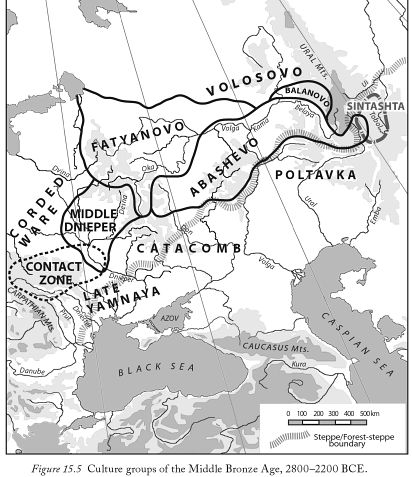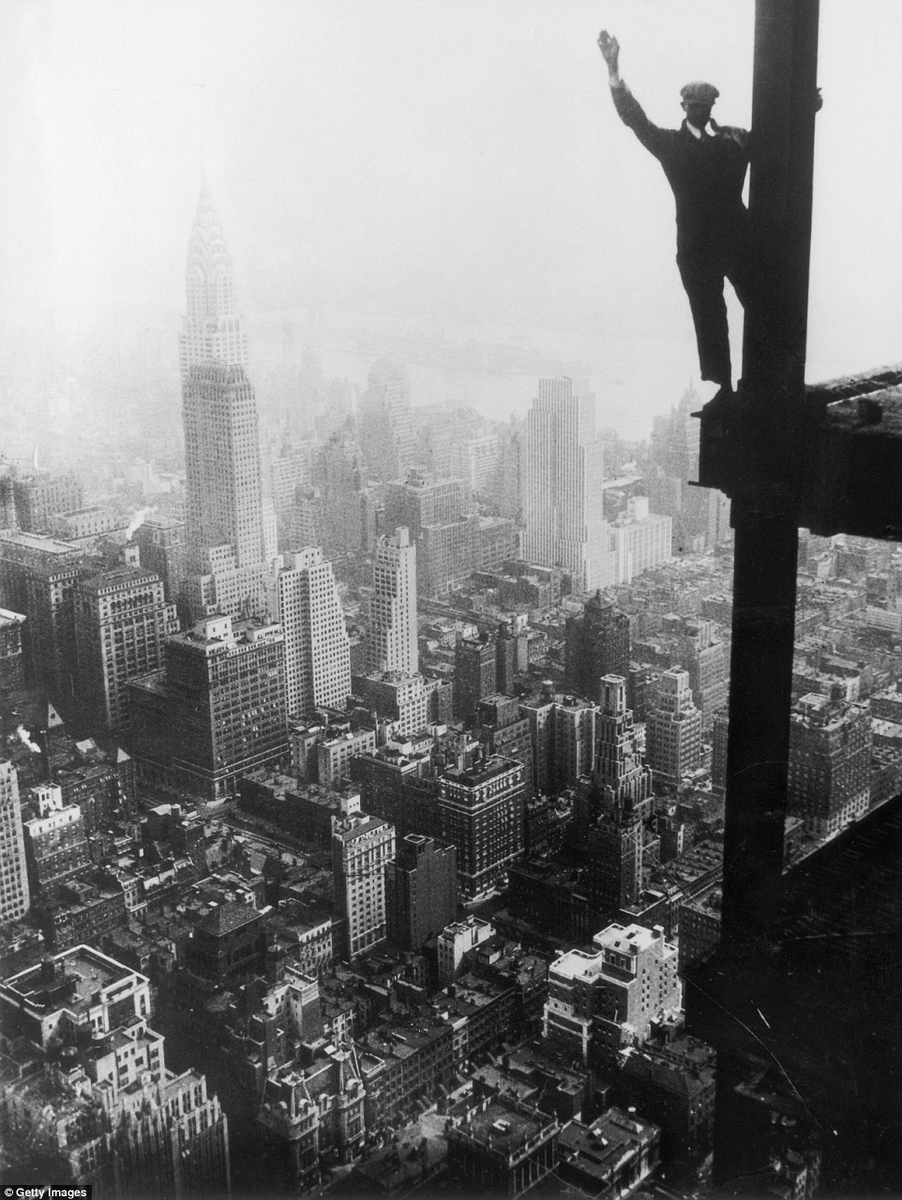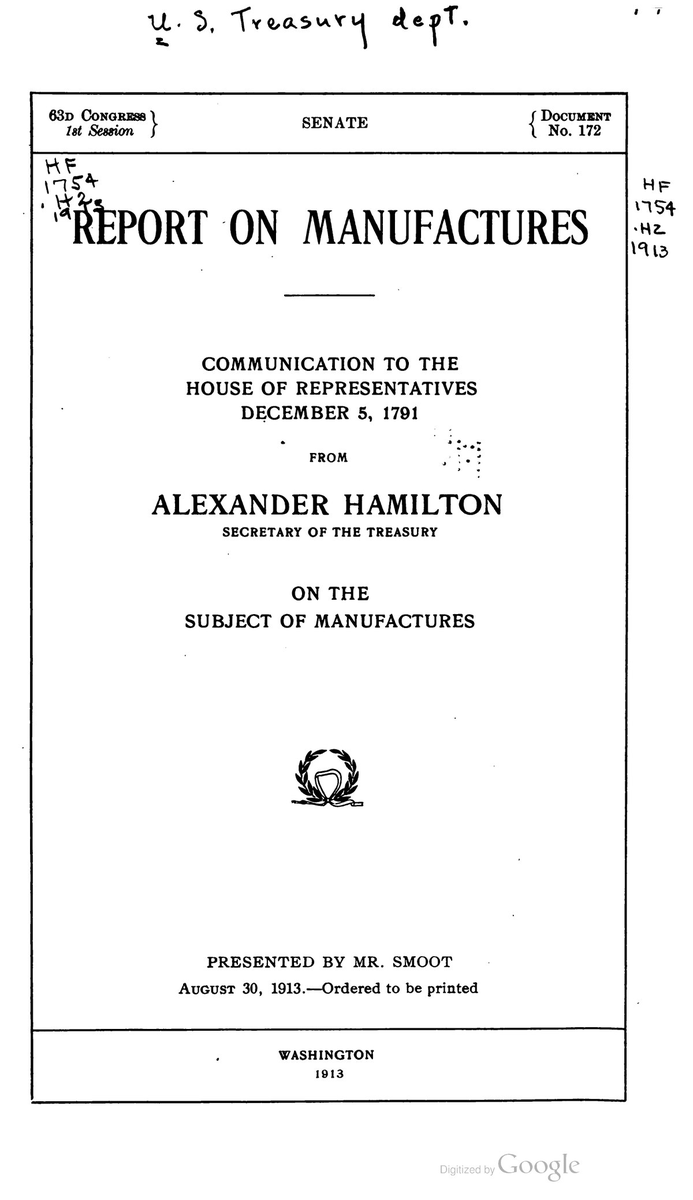The Dawn of the West 🧵
Long before Greece & Rome, a forgotten people forged the character of the West.
To bring life their stories, long silent, we go deep across the whole canon.
This is the story of Unetice - and the early Slavs, Germans, and Celts.
Long before Greece & Rome, a forgotten people forged the character of the West.
To bring life their stories, long silent, we go deep across the whole canon.
This is the story of Unetice - and the early Slavs, Germans, and Celts.

Will keep the summary on top and delve into more detail below the line, for those interested...
Much ink has been spilled on the Steppe Yamnaya and Indo-Iranians.
But Northern and Western Europeans descend from a third branch.
While their cousins went East, they found themselves in the mystic forests of Northern Europe.
1/
We see the earliest of the R1b-U106 (Germanic) as well as R1b-P312 (Italo-Celtic) in Bohemia and southern Germany at roughly 2800 and 2400 BC respectively, never seeing either among the Yamnaya.
Given the earliest Yamnaya are in Western Ukraine, the Western Indo-Europeans likely parted ways from them and went westwards (although some cousins bearing L51 are indeed found among the Afanasievo near Mongolia, showing their shared common origin)
But Northern and Western Europeans descend from a third branch.
While their cousins went East, they found themselves in the mystic forests of Northern Europe.
1/
We see the earliest of the R1b-U106 (Germanic) as well as R1b-P312 (Italo-Celtic) in Bohemia and southern Germany at roughly 2800 and 2400 BC respectively, never seeing either among the Yamnaya.
Given the earliest Yamnaya are in Western Ukraine, the Western Indo-Europeans likely parted ways from them and went westwards (although some cousins bearing L51 are indeed found among the Afanasievo near Mongolia, showing their shared common origin)

Europe was far more forested then, the thick overwild woods of Goethe & Grimm, of Tolkien.
Just as Goethe acknowledged that in nature “all things [are] in connection with something else,” this forest was to the West, the crucible of the soul that the steppe was to the East.
2/


Just as Goethe acknowledged that in nature “all things [are] in connection with something else,” this forest was to the West, the crucible of the soul that the steppe was to the East.
2/


To penetrate their sylvan silence, we must make full use of the wide expanse of the Indo-European canon.
A name is the key.
Tuisto named by the Roman Tacitus, is hailed as ancestor of the Germans.
Tvastar named by Indic fire priests, maternal ancestor of the Solar Kings
3/
The etymology of the name is debated, although it's widely accepted that they are cognates. I've always preferred the most simple one -- Twister -- which would mean something like "duelist." In Scandanavian countries this word retains that meaning, with the root Tvist associated with conflict and battle.

A name is the key.
Tuisto named by the Roman Tacitus, is hailed as ancestor of the Germans.
Tvastar named by Indic fire priests, maternal ancestor of the Solar Kings
3/
The etymology of the name is debated, although it's widely accepted that they are cognates. I've always preferred the most simple one -- Twister -- which would mean something like "duelist." In Scandanavian countries this word retains that meaning, with the root Tvist associated with conflict and battle.


Both the Indic and Germanic branches were part of the Corded Ware horizon of Northern Europe.
But more importantly, around 2000 BC, both the Indo-Iranian Abashevo Culture and the western Unetice Culture change their burial customs.
4/
But more importantly, around 2000 BC, both the Indo-Iranian Abashevo Culture and the western Unetice Culture change their burial customs.
4/

Both begin interring their nobility in great Kurgans, like their Yamnaya cousins of the steppe.
The driver of this shift is a new complex of bronze metallurgy, chariot warfare, and aristocratic warrior culture.
5/
For a number of reasons, I believe that this complex is the period of the Indo-European myth. This is quite late, when the Indo-Europeans would have diverged into distinct cultures with different dialects.
But this means it isn't the "original" myth. The Irish, who, as part of the Bell Beaker expansion around 2300 BC leave the core Indo-European areas before this have no memory of the personages of the original myth, with a story that has no clear cognates to its central dramas. In contrast most of the other cultures have figures who are clearly cognate (although often they portray heroes of one side as villains and vice versa)
The driver of this shift is a new complex of bronze metallurgy, chariot warfare, and aristocratic warrior culture.
5/
For a number of reasons, I believe that this complex is the period of the Indo-European myth. This is quite late, when the Indo-Europeans would have diverged into distinct cultures with different dialects.
But this means it isn't the "original" myth. The Irish, who, as part of the Bell Beaker expansion around 2300 BC leave the core Indo-European areas before this have no memory of the personages of the original myth, with a story that has no clear cognates to its central dramas. In contrast most of the other cultures have figures who are clearly cognate (although often they portray heroes of one side as villains and vice versa)

In the RigVeda, Tuisto admits a mysterious people, called Rbhus, into the company of the Gods.
The equivalent term in Germanic is Alfr — Elves.
Who could these mythical creatures have been?
6/
The equivalent term in Germanic is Alfr — Elves.
Who could these mythical creatures have been?
6/

Often, the Indo-Europeans named their clans after the river they were associated with.
The Baltic/Indic Devas to the Dvina.
The Istva with the Ister (Danube)
The Sclavones/Sthlabenoi (Slavs) with the Vistoula/Viscla
7/
I also believe that many of these clans corresponded with Y-Haplogroups.
Can write that up in another thread.
The Baltic/Indic Devas to the Dvina.
The Istva with the Ister (Danube)
The Sclavones/Sthlabenoi (Slavs) with the Vistoula/Viscla
7/
I also believe that many of these clans corresponded with Y-Haplogroups.
Can write that up in another thread.

So the Elves were likely the original inhabitants of the Elbe River.
This could have been the non-Indo European Globular Amphora culture
Or they could have been fellow Indo-Europeans of Germany and Bohemia.
8/
This could have been the non-Indo European Globular Amphora culture
Or they could have been fellow Indo-Europeans of Germany and Bohemia.
8/

The RgVeda tells us that Tuisto admits the Elves to the alliance of the Gods after they show great skill with craft.
They construct from a single cup, four cups for Tvastar, of ritual significance.
9/
An interesting aside -- the Elves of the RigVeda have as their leader a figure named Sudhanvan (the good archer), showing an ancient association between Elves and archery that seems to have held in European myth and fantasy.

They construct from a single cup, four cups for Tvastar, of ritual significance.
9/
An interesting aside -- the Elves of the RigVeda have as their leader a figure named Sudhanvan (the good archer), showing an ancient association between Elves and archery that seems to have held in European myth and fantasy.


Tuisto himself is hailed as the master craftsmen of the Gods. He fashions great cities as well as the armor and weapons of the gods.
Some believe that the Greek Hephaestus is based on this figure.
10/
We can see the distinction between Greek culture, which views Hephaestus with scorn as a blacksmith and Northern culture, which reveres Tuisto.
The Steppe Yamnaya, ancestors to the Greeks, were no slouches when it came to metallurgy, but did not hold craft in nearly the same esteem.
Some believe that the Greek Hephaestus is based on this figure.
10/
We can see the distinction between Greek culture, which views Hephaestus with scorn as a blacksmith and Northern culture, which reveres Tuisto.
The Steppe Yamnaya, ancestors to the Greeks, were no slouches when it came to metallurgy, but did not hold craft in nearly the same esteem.

And indeed in the Unetice Culture, we see a people who are expert in bronze working as well as science.
Among the remaining artifacts is a star map, accurate to great precision, even four millennia ago.
11/
We often only see the ecology of a people at the moment of the demise of their civilization and such is the case with the Unetice. The culture ends as their bronze minds run fallow, showing the central role of metallurgy in the culture.
Among the remaining artifacts is a star map, accurate to great precision, even four millennia ago.
11/
We often only see the ecology of a people at the moment of the demise of their civilization and such is the case with the Unetice. The culture ends as their bronze minds run fallow, showing the central role of metallurgy in the culture.

We see here the Promethean instinct of the West.
From the deep and dense forest, Man is a shaper of forms, one who renders from the wealth of nature, new wellsprings of creation.
In the eyes of Tuisto, do we see Von Braun, Korolev, Musk?
12/
From the deep and dense forest, Man is a shaper of forms, one who renders from the wealth of nature, new wellsprings of creation.
In the eyes of Tuisto, do we see Von Braun, Korolev, Musk?
12/

Tuisto has a son, Triglav.
He is remembered in the lineages of the Upanishads.
Medieval accounts tell us that the Slavs retained his saddle, spear, and drinking horn along with a golden statue of this great warrior.
A perfect prince, master of War and Philosophy.
13/
He is remembered in the lineages of the Upanishads.
Medieval accounts tell us that the Slavs retained his saddle, spear, and drinking horn along with a golden statue of this great warrior.
A perfect prince, master of War and Philosophy.
13/

But his is a tragic story. In the primal myth, he is remembered by the Iranians as a tyrant and serpent, by the Slavs as a hero.
He dares greatly and conquers a wide realm, only to be defeated and killed in a great rebellion.
14/
He dares greatly and conquers a wide realm, only to be defeated and killed in a great rebellion.
14/

But what Tuisto does after this conflict shows the full measure of his character.
When a new threat emerges to the liberty of the Indo-European clans, he sides with those who slew his son.
15/
When a new threat emerges to the liberty of the Indo-European clans, he sides with those who slew his son.
15/

He forges a weapon for the greatest warrior among them — a weapon so powerful that it will be remembered as the thunderbolt of Zeus, the Vajra of Indra, Mjolnir of Thorr.
The oath of the Solar Kings remembers him as the perfect king — “mindful of all beings.”
16/
The oath of the Solar Kings remembers him as the perfect king — “mindful of all beings.”
16/

His son dead, Tuisto adopts a young rebel, Vayu, to be his heir.
But that is a tale for another time, the next chapter of the Western saga.
17/
But that is a tale for another time, the next chapter of the Western saga.
17/

The Steppe gets all the attention, but imagine that dense mysterious northern forest 4000 years ago.
Philosopher-warrior princes, Elven masters of craft, mountain hoards of arsenical bronze, rendering metal and wood to greater and more magnificent form.
The dawn of a civilization who scorn limits, who cast their eyes upwards to the heavenly spheres.
The dawn of the West.
Fin/


Philosopher-warrior princes, Elven masters of craft, mountain hoards of arsenical bronze, rendering metal and wood to greater and more magnificent form.
The dawn of a civilization who scorn limits, who cast their eyes upwards to the heavenly spheres.
The dawn of the West.
Fin/



• • •
Missing some Tweet in this thread? You can try to
force a refresh





























